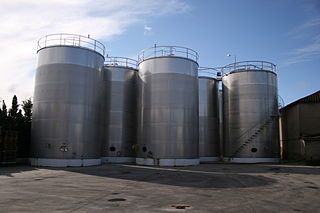Process to Recapture Ethanol Vapors Is a Friend To the Ozone Layer

And yes, obviously, the amount of CO2 is of no real bearing, given the amount created by our planet’s penchant for burning fossil fuels. But the ethanol vapor, a VOC (ozone-depleting volatile organic compound) that is released at the same time is of significant consequence, and threatens to put considerable limitations on the wine-making industry – at least in places that care about VOCs – like California – home to some of the world’s most hospitable climates and soils on the earth.
One of the presenters in yesterday’s session has a unique and patent-protected IP to recapture these vapors; it’s a business plan that can’t miss, IMO. If anyone wants to know more, please let me know.
